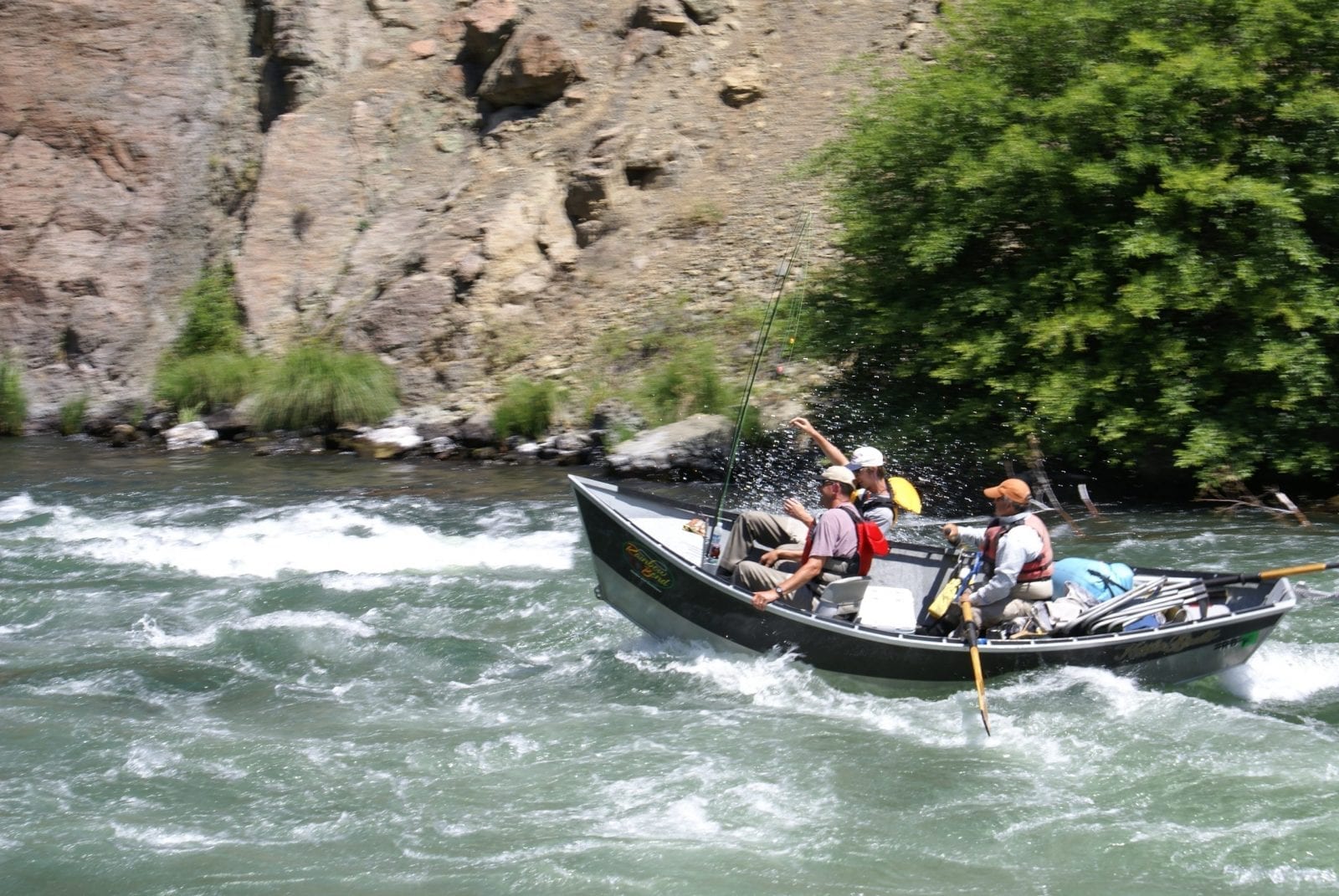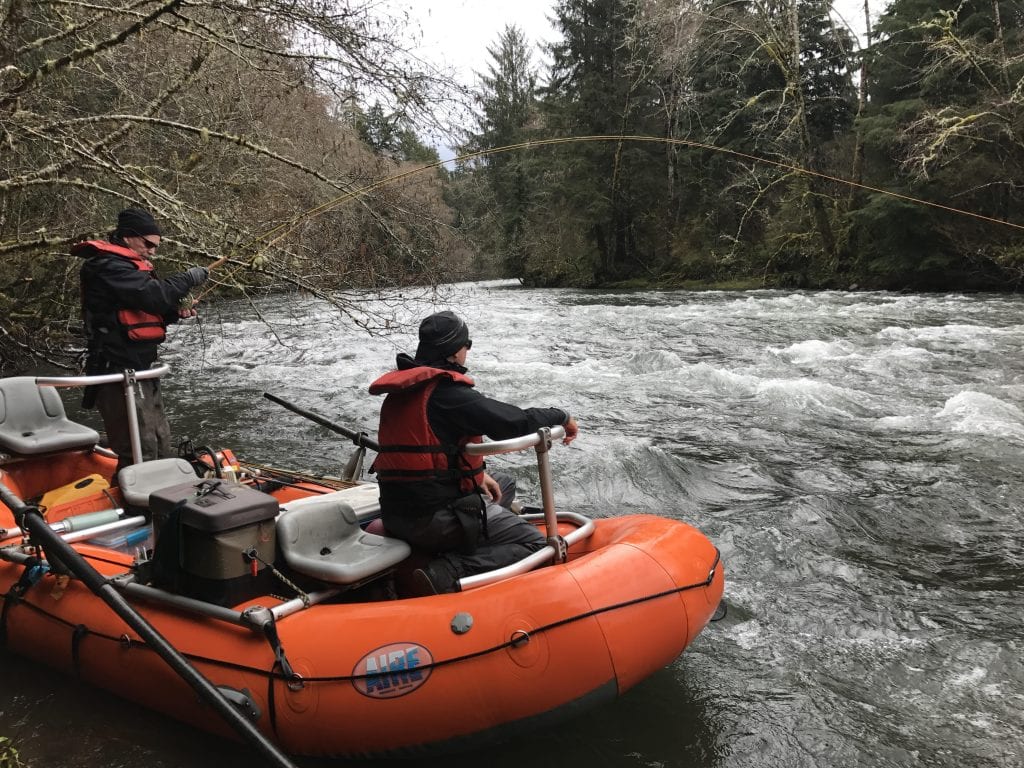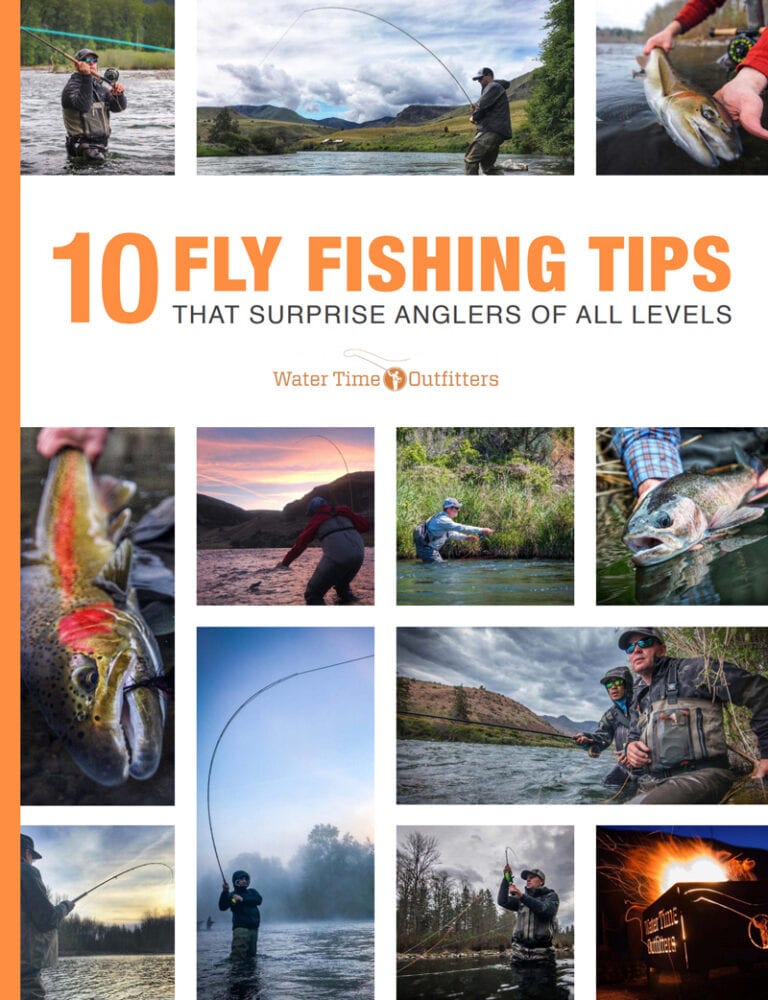Basics of Rowing- Don’t be Stung by Boating Hazards- Best Practices and #1 Best Class

Boating can take you to great places; have fun, catch fish just be safe! Learn the Basics of Rowing and let our drift boat rowing lessons take you where you want to go with safety and confidence.
The Basics of Rowing
From float tubes, pontoon boats, prams, drift boats and power boats anglers love to get on the water but understanding the basics of rowing is key before we get started. We love boats more than southerners love their “sweet tea”. One of the aspects many of us don’t think twice about when it comes to getting the SS Minnow out on the water is safety. Yet, boating accidents happen every year that could be prevented if anglers had down the basics of rowing. Hazards in boating are as abundant as mosquitos in Alaska but with proper preparation and boat management they don’t have to sting you.
When it comes to the Basics of Rowing; first of all, it goes without saying life jackets are an absolute necessity, yet how many times are they locked up in a storage compartment. Regulations are different in many states. Young ones of a certain age or under are generally required to have them on at all times. Life jackets no doubt can be clunky and cumbersome. Life is too short not to wear them. If you don’t like the bulk of life jackets take a look at some of the suspender products by companies like Mustang and Stearns. These are lightweight and don’t impede movement.
River Hazards can Sting- Know the Basics of Rowing Rivers
Moving water everywhere begs for the angler to grab the oars and row it. Waters where the average bank angler can’t go await; teeming with aggressive fish, or so we think. It’s similar to fly casting, the fish are always rising just a bit farther than we can cast. When it comes to floating moving waters with rowing devices there are three inherent dangers to be aware of. Oars, anchors and river obstacles each provide their own risks. Properly dealing with these three factors can keep rowing safe and fun.
Basics of rowing starts with oars. They are a great tool not only to keep the rowers hands warm on chilly days but to safely navigate a river course; however they can also be your worst enemy. I was enjoying a brilliant summer day floating on the river in my drift boat. We had some excellent fishing and were reliving some highlights as we ate lunch. We floated down river while eating as to save fishing time. We were on a big river nearly 80 yards wide. The water was flat smooth and deep. There was no danger in sight.
About the fourth big bite into my turkey sandwich the boat suddenly lurched. The downstream side angled towards the water hard and fast. The oar blade had sunk and wedged solidly into a rock. The boat was tipping and in an instant the boat would be under water! At that moment we got lucky and the oar lock flexed enough for the oar to pop out. A quick grab and we snatched the oar before it floated away.
A standard tenant of the Basics of Rowing is keeping your oars in check . It is an absolute necessity no matter what the rowing device. An oar blade that locks up on the bottom with the boat broadside to it can cause real danger even in fairly easy water. It is especially important to watch in shallower waters. There are several ways to guard against this scenario.
First while floating through flat waters where you need to have your hands free, simply ship the oars. That is, slide the oars into the boat. Second, floating oar blades can offer a lot of forgiveness here. These blades will stay near the surface. This isn’t a free pass however as they can still grab in the shallows. Companies such as Cataract, Carlisle among others make floating blade oar tips. Consider these tips when you are out on your next rowing adventure.

Anchors pose problems for rowing devices if not used properly. Anchors can slip mid-rapid and cause serious complications fast. Selecting the right style of anchor for the water you fish is important. Anchor rope length must be sufficient as well. Anchor storage while in transportation is important. What happens when a 25lb lead block bounces out of your boat at 60 mph? Not fun! Correctly dealing with your anchor is an important part of boating.
Safe Anchor Management is Critical to the Basics of Rowing
To pull away from danger while rowing is a standard navigational approach but what if your anchor slips mid-rapid?
“It happened years ago”, a friend of mine relates, “I was working at the sporting goods store-GI-Joes, at the time. A guy came in who had just purchased a new drift boat. He was headed down the Deschutes river and wanted to get it all set up. By the next day he had no boat and no gear and was lucky to be alive. While drifting through Trout Creek rapids (a class II rapid with some big rollers in it) his anchor dropped. The anchor rope had slipped free from the jamb cleat quickly peeling out until it stopped at a knot. The boat pulled down in an instant like a diving plug.”
The take away here, two things: one, always, always tie off your anchor rope before entering a big rapid so there is no possible way it can slip or simply put the anchor in the boat. Or two, keep a knife handy. Having a knife on your wading belt can be a quick solution to a big problem.
Selecting the right anchor style for the water you fish is important. Some areas are so rocky standard style anchors will simply be lost. One area I have fished is known to have old steel cables scattered on the bottom meaning if you dropped a typical style anchor of any type it is almost surely lost. Here an anchor made of chain is the best recipe.
For most drift boat /pontoon boat rivers a pyramid style anchor is the anchor of choice. Select an anchor of sufficient weight so your boat stops promptly when needed. An anchor that is too light and drags the bottom can lead to trouble. Consult the local pros to see what the best style anchor is where you fish.
Anchor rope length is an important component to boating safety as well. A common guide line is three times the depth of the deepest water you might anchor in. In especially windy areas anchoring the boat with plenty of scope can be very important. Over the years guiding on the Deschutes River the afternoon winds have freed many a drift boat. Seeing your boat gliding along with no one in it can be a terrifying thing.
If you are in an area with a steep bank be especially diligent about anchoring. If you are getting out of the boat in a place like this; try to find a big rock to wedge your anchor into. Simply wrapping it around the base of a tree is another good solution. It only takes a good gust of wind with a short anchor rope length and your boat can swing into deep water the anchor hanging far from the bottom and you’ll be doing a frantic run down the bank like your being chased by a swarm of bees.
River obstacles pose yet another threat to boating safety. There are many types of obstacles that can get you in trouble while navigating your favorite body of water. Anticipating trouble and proper boat management will help keep you in the safe zone. How we recognize and avoid river obstacles can help keep the boat right side up.
There are many types of river obstacles that can get your heart pounding and cause a white knuckle grip on the oars. Logs, boulders, gravel bars and other boats are common things to avoid on our everyday river. Recognizing these and determining a safe route through are much better than closing your eyes and hoping for the best.
First, polarized glasses can help you see underwater obstacles. Look for areas where the brown colored rocks meet the green deeper water. Often this is the clue of the deeper channel you will want to take. As you head into rapids, the deepest water is often the v-slick. Look for the channel with the most water and always scout rapids you don’t know first. The “Hail-Mary”, go- for-it approach can be deadly.
How to Choose your Route – Basics of Rowing Safely
If you are on new water select the route through the rapids where you can see a clear shot all the way through, if one side of the rapid is obscured by waves and rocks it is often best to avoid. Another river element to watch for is hard edges of current. An example of this is where a slow eddy meets a fast-rapid current. Entering this speed transition with your boat perpendicular to the fast current can be a recipe for trouble. Enter the fast current, easing into it with the boat parallel to the speeding current.
The first rule of navigating a rowing device such as a drift boat or pontoon boat is to point your bow at danger and pull away from it. As you approach a boulder breaking the surface, point the bow towards the obstruction and pull away from it. In areas where the river drops and speeds up you will need to anticipate these areas in advance. The accelerated speed of the river and slope will often draw you towards obstacles. Plan ahead here and gain the necessary momentum to pull away from such river hazards. Remember short, shallow oar strokes give you the best control.
Basics or Rowing and Other Hazards
High winds can also be a river hazard. Watch for winds riffling up the river. You can see the creases on the water surface sometimes spray is flying at you as a wall of wind comes your way. Turn the bow of the boat into the wind and brace yourself. If winds are too strong to maintain control, work to the shore and tie off the boat waiting for the storm to pass.
Whether in a pontoon boat or drift boat, pulling away from danger is your most effective rowing strategy and one of the Basics of Rowing. Rarely is forward rowing the best choice, this often gets you into trouble faster. Slow the boat down and manage your speed as you avoid river obstacles. Use polarized glasses, learn to read the water and watch for under water obstacles.
Whatever the floatation you choose to be on the water with remember to keep safety in mind. Enjoy your time on the water with family and friends and keep safety first. Don’t be stung by the many pitfalls of boating hazards. Be smart, be prepared and safely manage that boat down the river; after all, those “big fish” are just around the corner.
If you want to skip the hazards and learn to row with confidence join us for one of our ROWING WORKSHOPS. This half day session is a small investment compared to the lifetime of rowing info we pass along in our teaching.
Rob Crandall has been rowing a drift boat for over 28 years most of that time has been in a Clackacraft. He is a full time fishing guide in Oregon with his company Water Time Outfitters, Inc. Rob also offers drift boat rowing workshops on his home river the Clackamas River. To see information visit: watertimeoutfitters.com

